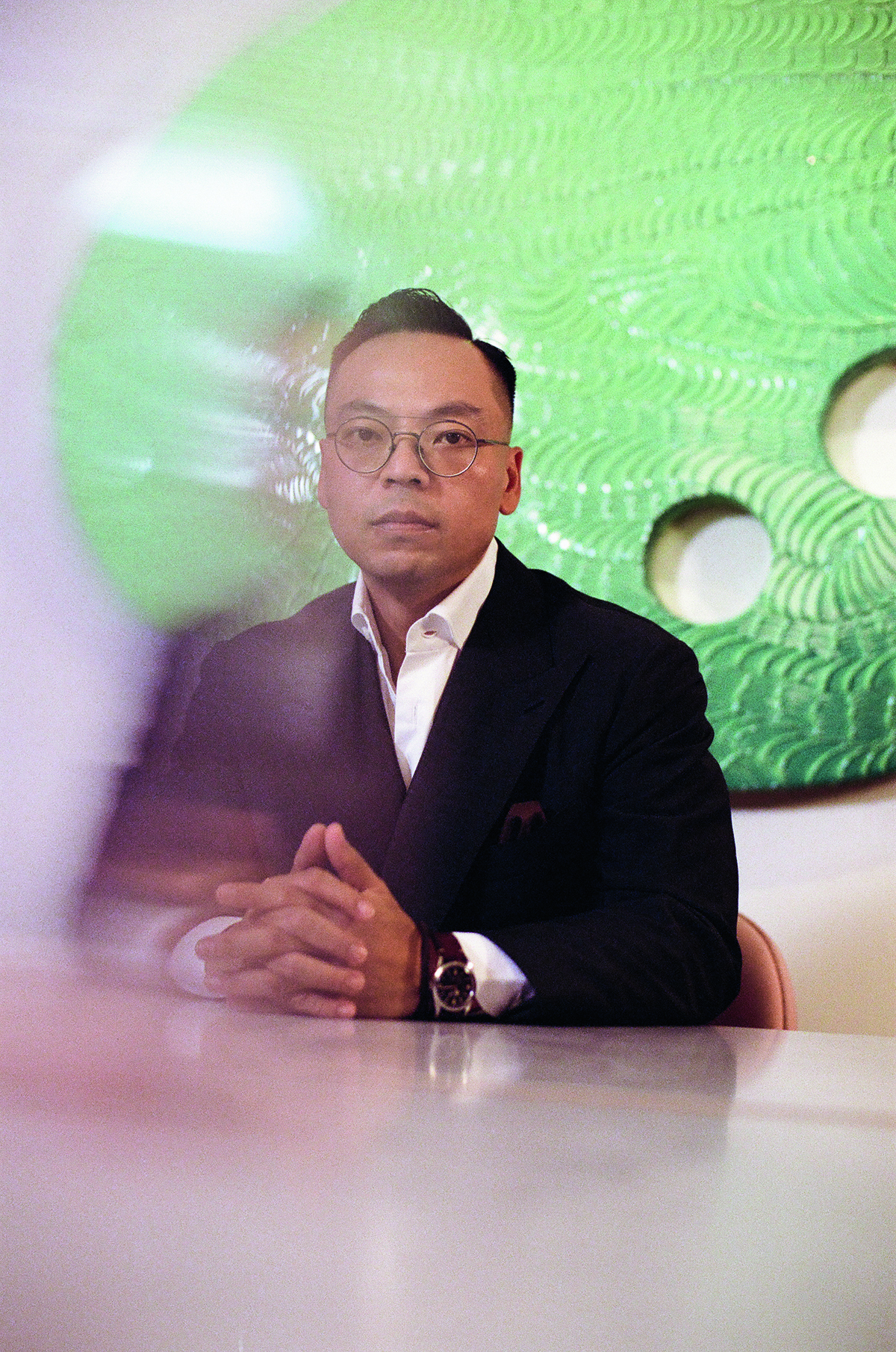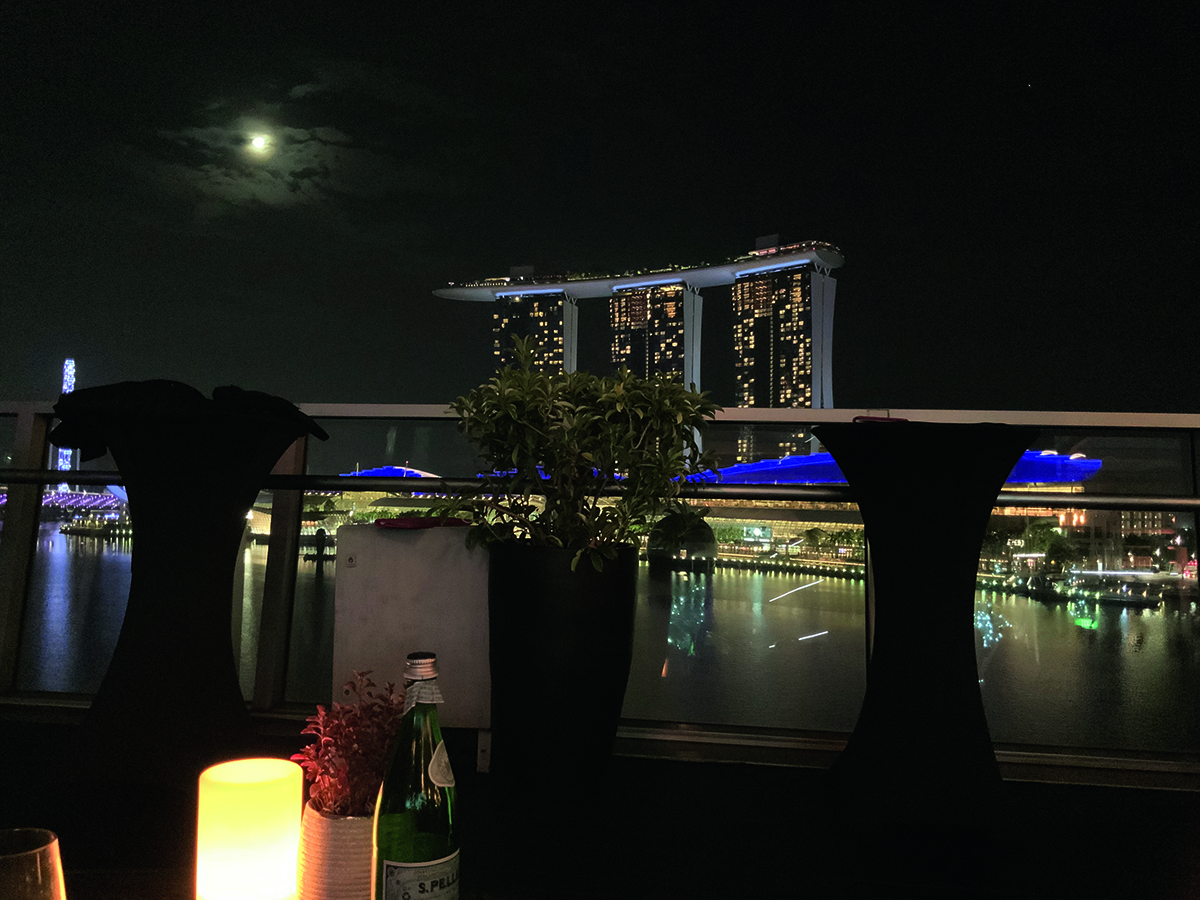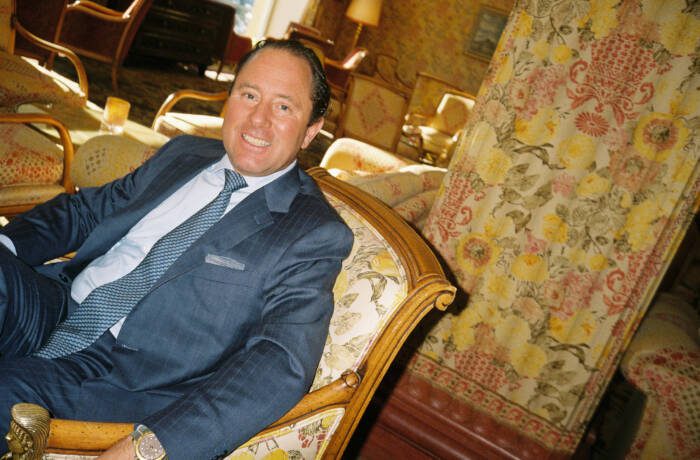
Alan Lo
The restaurateur, collector and leading figure in the Hong Kong art scene on who’s hot, what’s not, and why Singapore may soon be the next Asian art hotspot
LUX: You have been involved in the art world in Hong Kong for around 15 years. How has the scene changed there during this period?
Alan Lo: Hong Kong has become one of the most important art hubs in the world, on a par with London and New York. With Art Basel and M+, as well as local non-profits such as Asia Art Archive, Para Site and Design Trust, it is truly one of the best places to see art and buy art.
LUX: Are Hong Kong and China producing as many interesting new artists as 10 years ago?
AL: Things are a little complicated lately with social unrest followed by Covid, but I still see amazing new talent emerging. Hong Kong artist Ng Wing Lam is one of my latest acquisitions.

Untitled, 2020, by Arjan Martins, from the collection of Yenn and Alan Lo
LUX: Is there a move away from the “Western eye” in recognising artists from the region, or to be successful does an artist still need to be rated by collectors in the US and Europe?
AL: Contemporary art should be borderless. Think of artists Chris Huen Sin-kan and Wu Tsang, who show and are collected globally. As much as China and Asian collectors are on the rise, in the near term the US and Europe are still very influential, so it is important for artists to participate in projects with Western institutions.
Follow LUX on Instagram: luxthemagazine
LUX: Which living artists internationally will be as remembered and sought after in 50 years time as the early 21st-century greats?
AL: Danh Vo, Mickalene Thomas, Shinro Ohtake, Rirkrit Tiravanija.
LUX: Hong Kong is highly digitised. How is digital art interacting with conventional art?
AL: Digital art is very now and Hong Kong is very much at the forefront. From digital art fairs to the level of interest in NFT art among collectors, new and established, these are signs of the significance of this new medium.

Singapore’s bay area by night
LUX: The art-market peak has been called many times over the past 10 years. Will it peak?
AL: Who knows!
LUX: Is there a new generation of collectors making the art market and new artists in their own way, and is that interesting for you?
AL: For sure. Especially in China, we see the emergence of the very young who are buying very well and very quickly. It is definitely a new phenomenon that is here to stay, I think.
LUX: Is the influence of Singapore in the art world likely to increase? Why has it not done so today?
AL: The collector base is quite small today, but with the influx of capital and talent into Singapore, the city state is already seeing change in the scene, and Art SG debuting in January 2023 will be a catalyst.

Bakk, 2022, by Cheikh Ndiaye, from the collection of Yenn and Alan Lo
LUX: Will what you do help stimulate a ground-up art movement in Singapore?
AL: I’m just an insignificant collector, but I do hope to see more artist- and curator-led spaces to make scene more interesting.
Read more: Adrian Cheng On Brands To Watch In 2023
LUX: In 10 years time, will collectors and enthusiasts visit Singapore for its art scene?
AL: There is the potential. Its ecosystem already has Singapore Art Museum (SAM), Singapore Tyler Print Institute (STPI) and National Gallery Singapore. I’d like to see more collector-driven and foundation spaces, as well as non-profits.
LUX: Name your five most interesting artists in the world right now.
AL: Oh de Laval, Wahab Saheed, Soimadou Ibrahim, Wu Tsang, Sarah Cunningham.
Find out more: @alanyeungkit
This article first appeared in the Autumn/Winter 2022/23 issue of LUX








